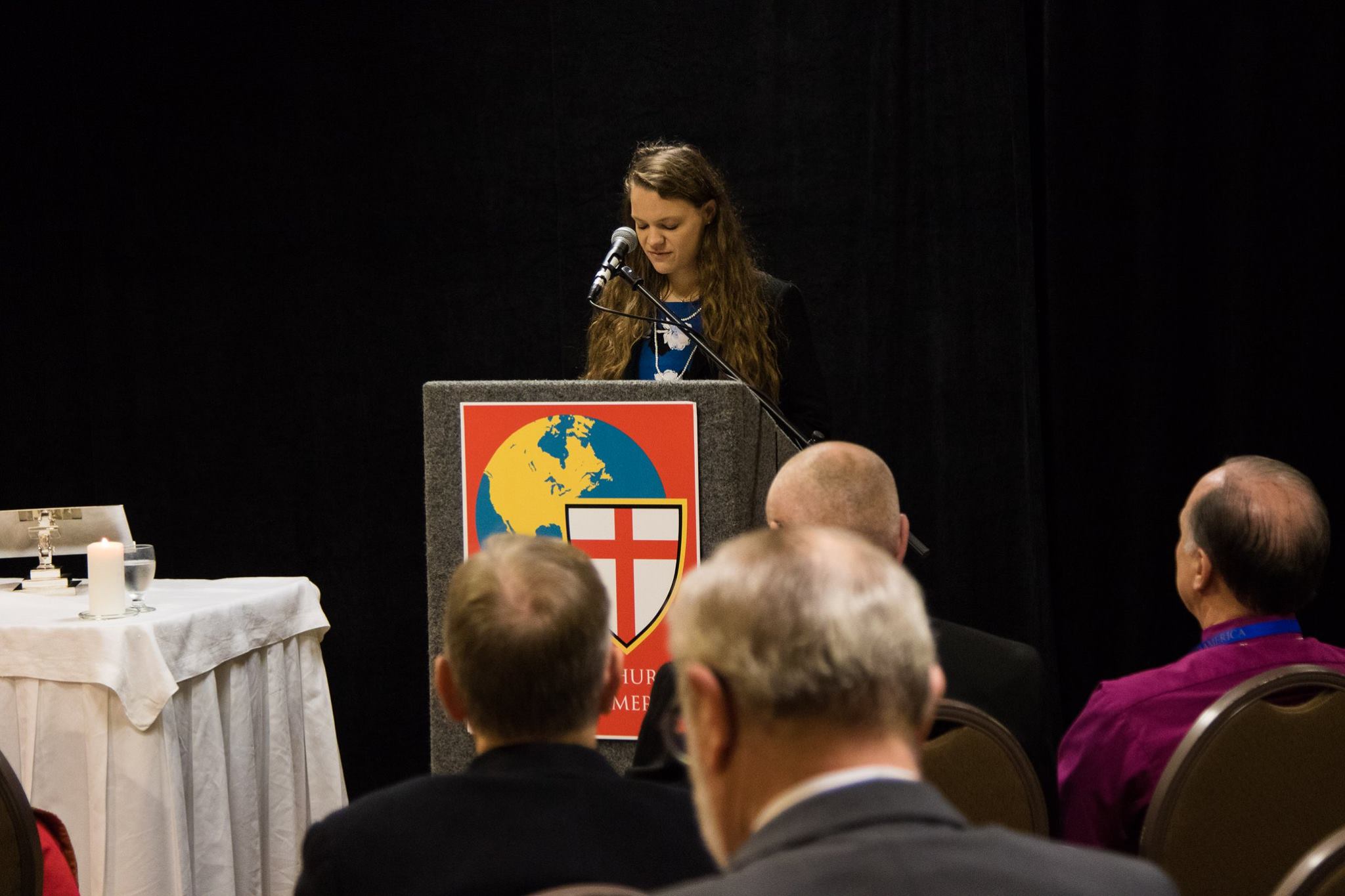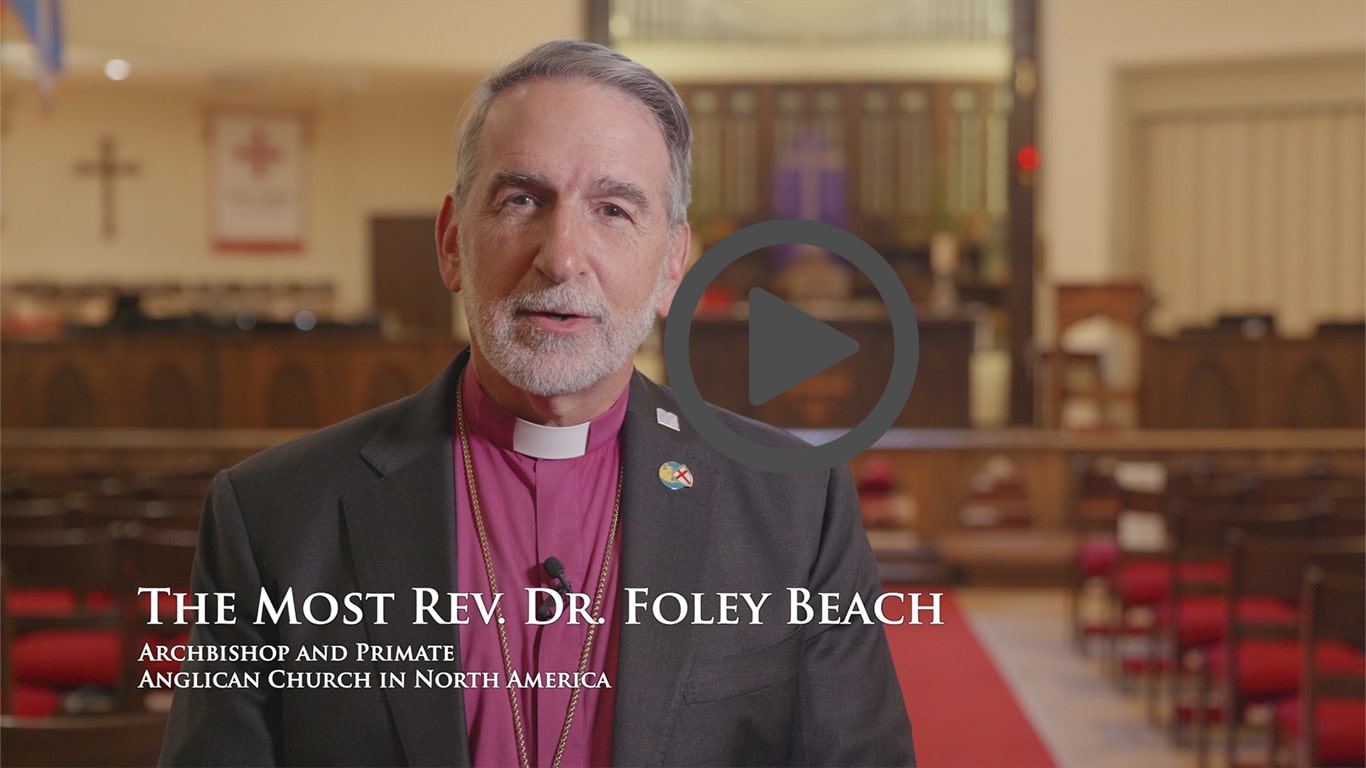Jeff Walton of the Institute on Religion and Democracy reports in Juicy Ecumenicalism this week on an “Anglican building boom” quietly underway:
Illinois Anglicans received welcome news recently: the state Supreme Court will not hear an appeal from the Episcopal Diocese of Chicago and will let stand a lower court ruling that awarded a diocesan endowment and property to the Anglican Diocese of Quincy. The move follows similar rulings in Texas and precedes an anticipated district court ruling in South Carolina that may favor Anglicans there. Anglicans’ recent good fortune at the courthouse is a dramatic change from years of mostly losing property trials to the Episcopal Church.
But while property lawsuits have been newsmakers in Anglican circles, several congregations have quietly pursued new building projects. In a denomination in which school cafeterias and storefronts have been regular places of worship, the construction of new church spaces establishes a physical footprint in the communities these churches serve.
Construction of new church buildings by Anglicans runs counter to nationwide trends, which have seen the building of new houses of worship decrease rapidly since 2002. According to the Wall Street Journal, construction of religious buildings in the U.S. has fallen to the lowest level at any time since private records began in 1967.
Much of the new construction has occurred in the southeast, which may be a consequence of both population growth there and a shortage of available existing church structures. In other parts of the United States, Anglicans seeking places of worship have purchased unused church properties rather than building entirely new ones.
The building activity ranges from small churches such as a $2 million project by St. Stephen’s Anglican Church in Heathsville, Virginia, where the departing congregation lost their former property to the Episcopal Diocese, to large parishes like St. Peter’s Anglican Church in Tallahassee, Florida, which recently completed a $12 million project for a congregation that was newly begun outside of the Episcopal denomination. Several of the congregations, including Restoration Anglican Church in Arlington, Virginia, which completed a $4.7 million church building in September, did not yet exist during the height of Episcopal Church litigation.
These congregations join other churches like All Saints Church in Woodbridge, Virginia, St. Patrick’s Anglican Church in Murfreesboro, Tennessee, Christ Church in Montgomery, Alabama and Church of the Resurrection in Wheaton, Illinois that completed new church homes in recent years.
A handful of other congregations, including All Saints Anglican Church in Charlotte, NC, Holy Trinity Anglican Church in Raleigh, NC and Saint John’s Anglican Church of Americus, GA have also announced building plans. This summer All Saints’ Anglican Church in Springfield, MO and All Saints’ Anglican Church in Peachtree City, GA, completed and consecrated new church buildings.
The churches range from a modest colonial-revival brick building in the case of Restoration to a 30,000-square-foot gothic structure built for the congregation of St. Peter’s.
In addition to making the churches more visible in their communities and accommodating growth in the size of congregations, the new structures are allowing for new programs and events. St. Peter’s is partnering with Trinity School for Ministry to offer theological education far from the seminary’s Ambridge, Pennsylvania campus. Other congregations plan to use their news space for conferences, or to begin hosting programs such as Vacation Bible School which were impractical or not possible in leased spaces.






